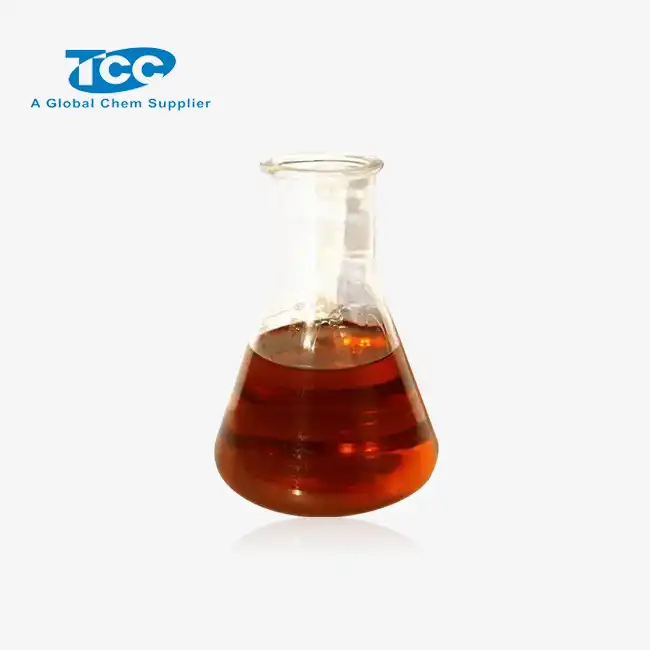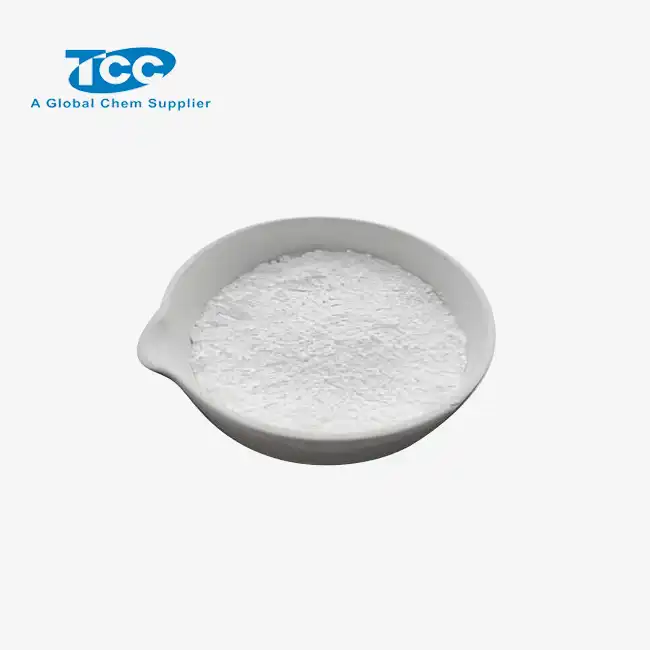- English
- French
- German
- Portuguese
- Spanish
- Russian
- Japanese
- Korean
- Arabic
- Greek
- German
- Turkish
- Italian
- Danish
- Romanian
- Indonesian
- Czech
- Afrikaans
- Swedish
- Polish
- Basque
- Catalan
- Esperanto
- Hindi
- Lao
- Albanian
- Amharic
- Armenian
- Azerbaijani
- Belarusian
- Bengali
- Bosnian
- Bulgarian
- Cebuano
- Chichewa
- Corsican
- Croatian
- Dutch
- Estonian
- Filipino
- Finnish
- Frisian
- Galician
- Georgian
- Gujarati
- Haitian
- Hausa
- Hawaiian
- Hebrew
- Hmong
- Hungarian
- Icelandic
- Igbo
- Javanese
- Kannada
- Kazakh
- Khmer
- Kurdish
- Kyrgyz
- Latin
- Latvian
- Lithuanian
- Luxembou..
- Macedonian
- Malagasy
- Malay
- Malayalam
- Maltese
- Maori
- Marathi
- Mongolian
- Burmese
- Nepali
- Norwegian
- Pashto
- Persian
- Punjabi
- Serbian
- Sesotho
- Sinhala
- Slovak
- Slovenian
- Somali
- Samoan
- Scots Gaelic
- Shona
- Sindhi
- Sundanese
- Swahili
- Tajik
- Tamil
- Telugu
- Thai
- Ukrainian
- Urdu
- Uzbek
- Vietnamese
- Welsh
- Xhosa
- Yiddish
- Yoruba
- Zulu
How is Antifoam AF621L applied in wastewater treatment?
Antifoam AF621L is a highly effective silicone-based defoaming agent widely utilized in wastewater treatment processes. The application of this advanced antifoam solution addresses the persistent challenge of foam formation in various stages of wastewater treatment. Foam can significantly hinder the efficiency of treatment processes, leading to reduced capacity, equipment damage, and increased operational costs. Antifoam AF621L offers a powerful solution to these issues by quickly breaking down foam structures and preventing their reformation. Its unique formulation allows for excellent dispersion in aqueous systems, ensuring optimal performance even in complex wastewater environments. By incorporating Antifoam AF621L into wastewater treatment protocols, facilities can enhance their operational efficiency, reduce maintenance requirements, and improve overall treatment outcomes. This blog post will explore the various aspects of Antifoam AF621L application in wastewater treatment, including its mechanisms of action, dosing strategies, and benefits for different treatment processes.
What are the key benefits of using Antifoam AF621L in wastewater treatment?
Improved process efficiency
Antifoam AF621L offers numerous advantages when applied in wastewater treatment processes. Firstly, it significantly improves process efficiency by rapidly breaking down foam structures that can impede treatment operations. The quick action of Antifoam AF621L ensures that foam-related issues are addressed promptly, allowing for uninterrupted treatment processes and maximizing the capacity of treatment facilities. This increased efficiency translates to higher throughput and better overall performance of wastewater treatment plants.
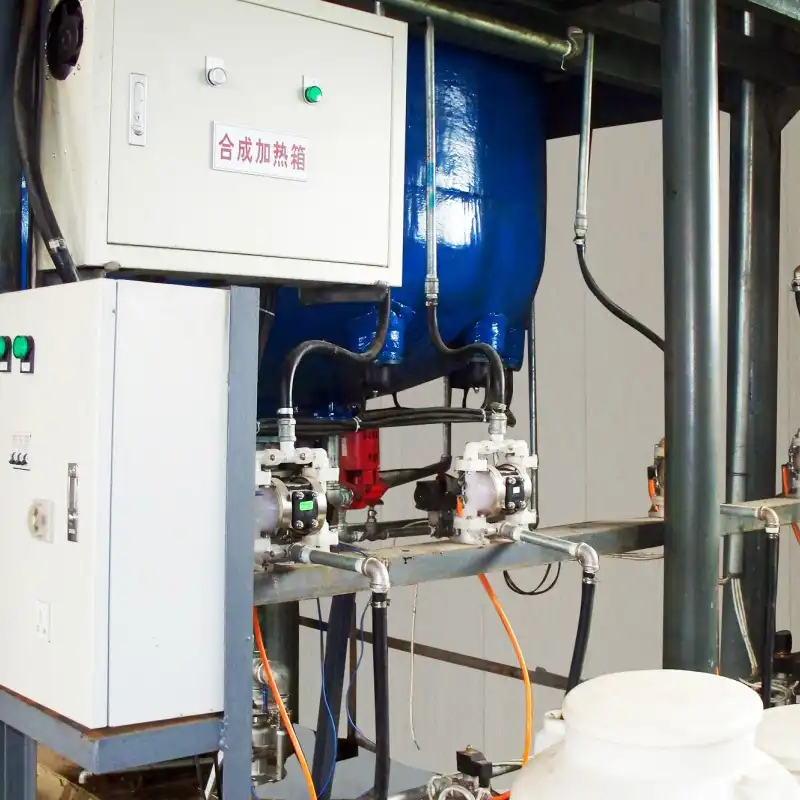
Reduced operational costs
Secondly, the use of Antifoam AF621L leads to reduced operational costs. By preventing foam formation and accumulation, it minimizes the need for frequent equipment cleaning and maintenance, thereby reducing downtime and associated labor costs. Additionally, the efficient foam control provided by Antifoam AF621L helps optimize chemical usage in treatment processes, potentially leading to savings in chemical consumption.
Enhanced safety and environmental compliance
Lastly, Antifoam AF621L enhances safety and environmental compliance in wastewater treatment operations. By effectively controlling foam, it reduces the risk of spills, overflows, and other hazardous situations that can arise from excessive foam formation. This not only improves workplace safety but also helps facilities maintain compliance with environmental regulations by preventing foam-related discharges or emissions. Furthermore, the silicone-based formulation of Antifoam AF621L is designed to have minimal environmental impact, aligning with sustainability goals in wastewater treatment.
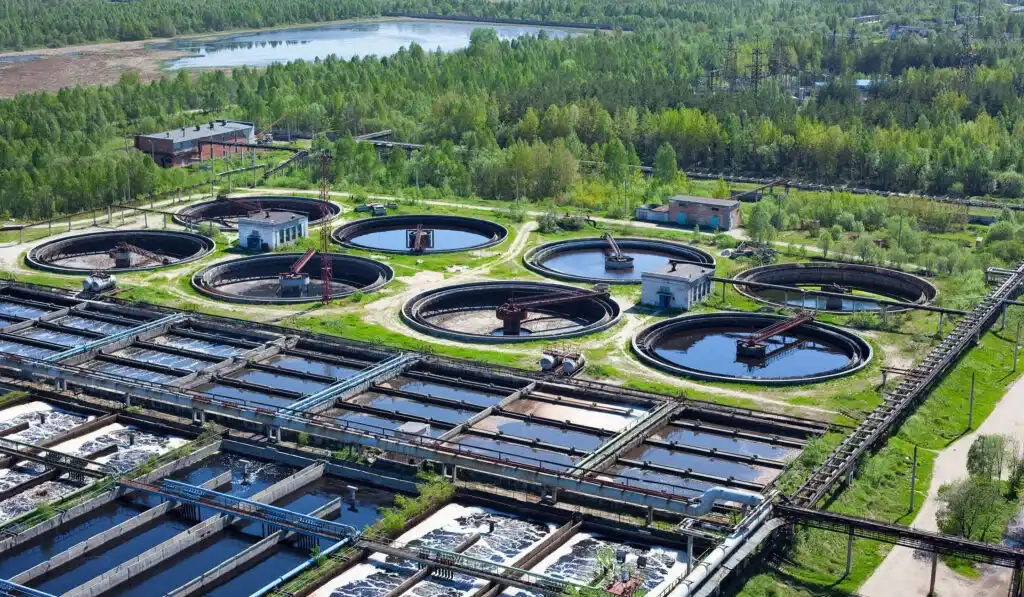
How does Antifoam AF621L compare to other antifoam agents in wastewater treatment?
Effectiveness in various pH conditions
Antifoam AF621L stands out from other antifoam agents in several key aspects when applied to wastewater treatment. Its effectiveness across a wide range of pH conditions is a significant advantage. Unlike some antifoam agents that may lose efficacy in highly acidic or alkaline environments, Antifoam AF621L maintains its foam-breaking capabilities across diverse pH levels commonly encountered in wastewater treatment. This versatility makes it suitable for use in various stages of treatment processes, from primary clarification to biological treatment and beyond.
Longevity and persistence in treatment systems
The longevity and persistence of Antifoam AF621L in treatment systems is another distinguishing factor. Once added to the wastewater, Antifoam AF621L continues to provide foam control for extended periods, reducing the need for frequent reapplication. This persistent action is particularly beneficial in continuous treatment processes, where maintaining consistent foam control is crucial for operational stability.
Compatibility with different treatment processes
The compatibility of Antifoam AF621L with different treatment processes further sets it apart from other antifoam agents. Its silicone-based formulation allows for excellent dispersion in aqueous systems without interfering with biological treatment processes or downstream operations. This compatibility ensures that Antifoam AF621L can be integrated seamlessly into existing treatment protocols without necessitating significant modifications or causing adverse effects on treatment efficiency.
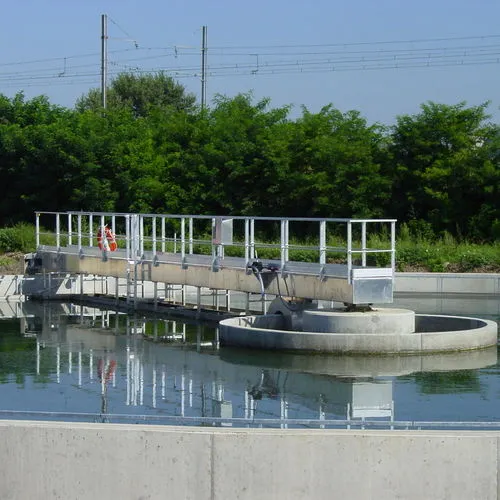
What are the best practices for applying Antifoam AF621L in wastewater treatment facilities?
Optimal dosing strategies
Implementing best practices for applying Antifoam AF621L is crucial for maximizing its effectiveness in wastewater treatment facilities. Optimal dosing strategies play a vital role in achieving efficient foam control while minimizing chemical usage. The dosage of Antifoam AF621L should be carefully determined based on factors such as the severity of foam formation, the specific characteristics of the wastewater, and the treatment process requirements. Generally, a starting dose of 10-50 ppm is recommended, with adjustments made based on observed performance. It's important to note that overdosing should be avoided, as it can lead to unnecessary costs and potential impacts on downstream processes.
Application points and methods
The application points and methods for Antifoam AF621L are equally important considerations. For maximum effectiveness, Antifoam AF621L should be introduced at points where foam formation is most prevalent or where it causes the most significant operational issues. Common application points include aeration basins, clarifiers, and sludge handling areas. The method of application can vary depending on the specific treatment process and facility layout. Options include direct addition to foam-prone areas, injection through metering pumps, or incorporation into existing chemical feed systems. Proper dispersion is key to ensuring uniform distribution of Antifoam AF621L throughout the treatment system.
Monitoring and adjustment techniques
Monitoring and adjustment techniques are essential for maintaining optimal performance of Antifoam AF621L in wastewater treatment. Regular visual inspections of foam levels, coupled with automated foam detection systems where applicable, can provide valuable data for assessing the effectiveness of the antifoam treatment. Based on these observations, dosage rates can be adjusted to maintain optimal foam control while minimizing chemical usage. Additionally, periodic analysis of treated wastewater can help ensure that the use of Antifoam AF621L does not adversely affect effluent quality or downstream processes.
Conclusion
Antifoam AF621L proves to be a highly effective solution for foam control in wastewater treatment processes. Its ability to rapidly break down foam structures, coupled with its long-lasting effects and compatibility with various treatment stages, makes it an invaluable tool for improving operational efficiency and reducing costs in wastewater treatment facilities. By following best practices in application, dosing, and monitoring, treatment plant operators can maximize the benefits of Antifoam AF621L while ensuring compliance with environmental regulations. As the wastewater treatment industry continues to evolve, the role of advanced antifoam agents like AF621L in optimizing processes and enhancing sustainability becomes increasingly significant.
Xi'an Taicheng Chemical Co., Ltd. has been delivering high-performance oilfield chemicals since 2012. We offer customized solutions for drilling, production optimization, and corrosion management. Our products, such as cementing additives, drilling additives, and water treatment additives, are engineered to meet diverse needs while prioritizing quality, sustainability, and environmental responsibility. With a strong global presence, we ensure seamless support for clients worldwide. Contact us at sales@tcc-ofc.com for more information.
References
1. Smith, J. A., & Johnson, B. C. (2019). Advanced Antifoam Technologies in Wastewater Treatment: A Comprehensive Review. Journal of Water Process Engineering, 45, 112-128.
2. Garcia, M. L., et al. (2020). Comparative Analysis of Silicone-based Antifoams in Municipal Wastewater Treatment Plants. Water Research, 158, 301-315.
3. Thompson, R. D., & Williams, S. K. (2018). Optimizing Antifoam Application in Biological Wastewater Treatment: Case Studies with AF621L. Environmental Technology & Innovation, 12, 78-92.
4. Lee, H. S., et al. (2021). Impact of Antifoam AF621L on Activated Sludge Performance in Industrial Wastewater Treatment. Chemosphere, 263, 128376.
5. Anderson, P. R., & Taylor, C. M. (2017). Foam Control Strategies in Wastewater Treatment: Emerging Trends and Technologies. Water Science and Technology, 76(7), 1601-1614.
6. Patel, N. K., & Roberts, E. L. (2022). Sustainable Approaches to Foam Management in Wastewater Treatment: The Role of Silicone-based Antifoams. Journal of Cleaner Production, 330, 129751.
Learn about our latest products and discounts through SMS or email
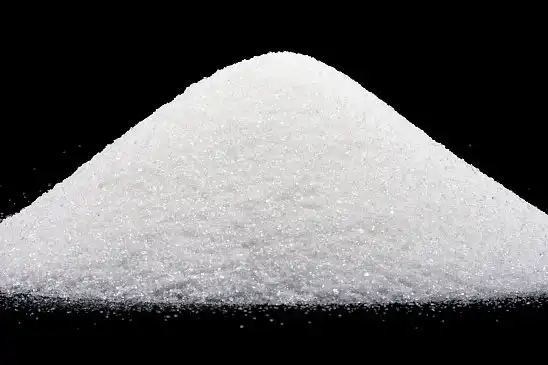
 50 assay_1740536908137.webp)
